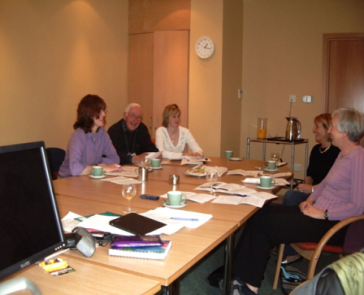PPI 2015 Unit II
PPI 2015 Unit II
1. Introduction
Unit II Patient and public involvement in practice 
In this unit, we will move from theory to putting patient and public involvement into practice. We will explore the different ways of involving patients and members of the public in research, how to find people to involve and how to make involvement meaningful. We will look at the barriers to effective patient and public involvement and how these might be overcome. We will also look at the patient perspective: why do patients want to get involved and what do they expect from involvement? You will have the opportunity to discuss one patient’s experience of involvement in an online discussion with Olivia Fulton (Wednesday, February 3rd), who is involved in asthma research. An important aspect of your learning throughout this unit is to reflect on how all this can be applied to your own practice and to the conduct of clinical trials in general.
Aims
The aim of Unit II is to develop a sound understanding of how to introduce, develop and sustain effective patient and public involvement in research.
Learning outcomes
- Critically appraise the theory and key principles of patient and public involvement in clinical research
- Critically assess their own practice/place of work in relation to the level of patient and public involvement in research.
- Evaluate the barriers to effective patient involvement and strategies and techniques to overcome such barriers.
- Design a patient and public involvement strategy for a clinical trial
